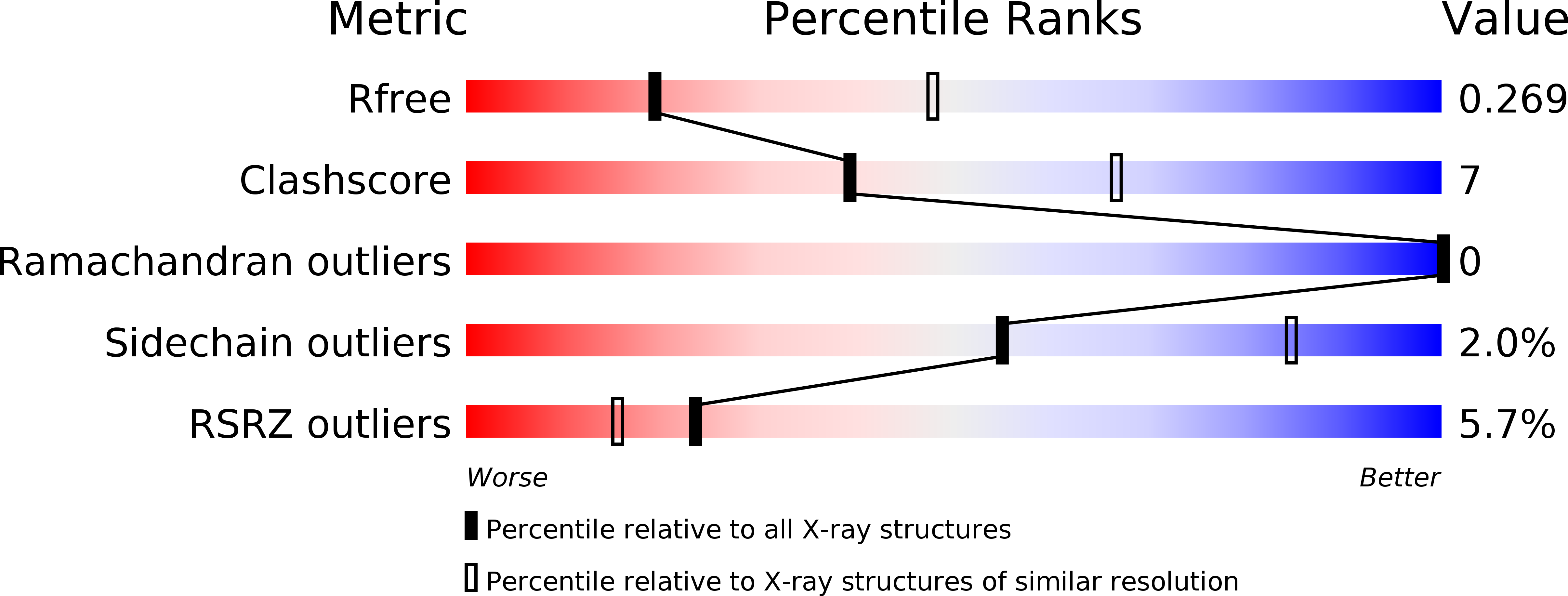
Deposition Date
2018-04-13
Release Date
2018-10-10
Last Version Date
2024-03-27
Method Details:
Experimental Method:
Resolution:
2.79 Å
R-Value Free:
0.26
R-Value Work:
0.24
R-Value Observed:
0.24
Space Group:
P 65


